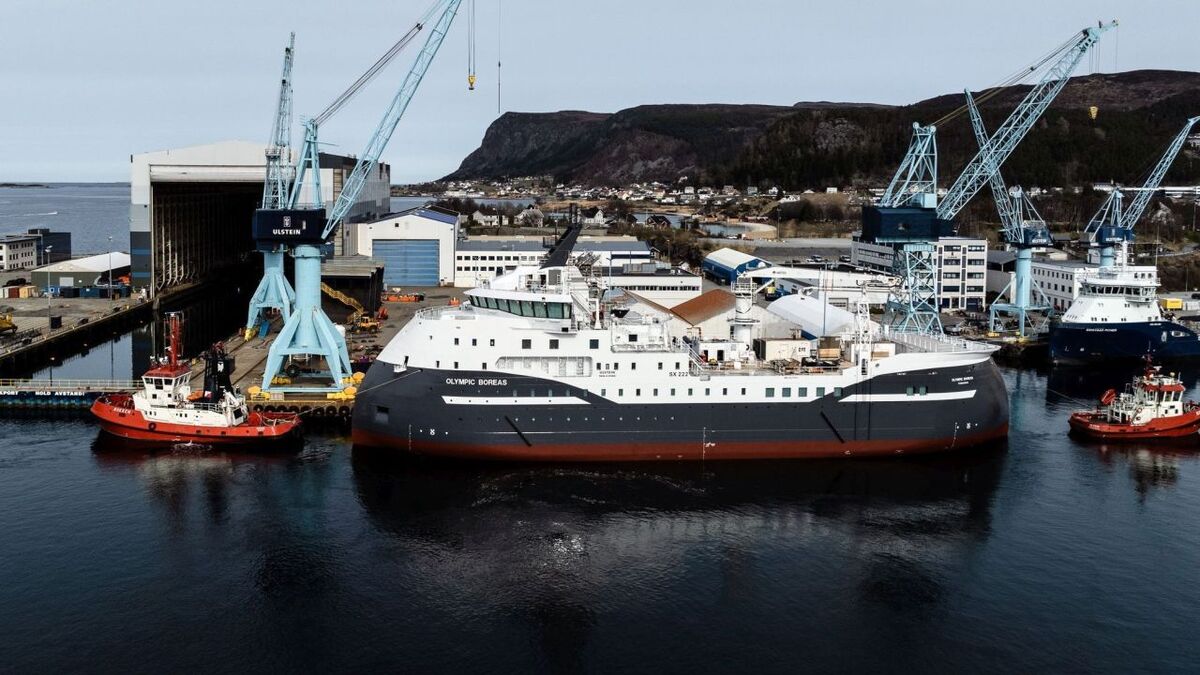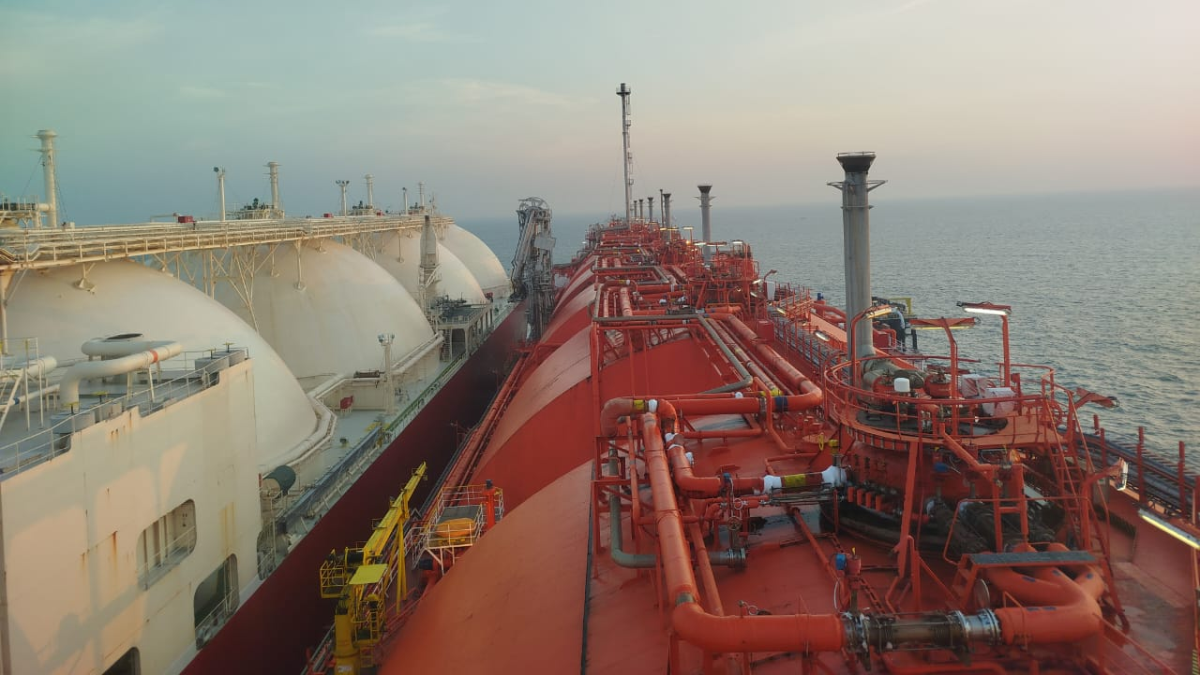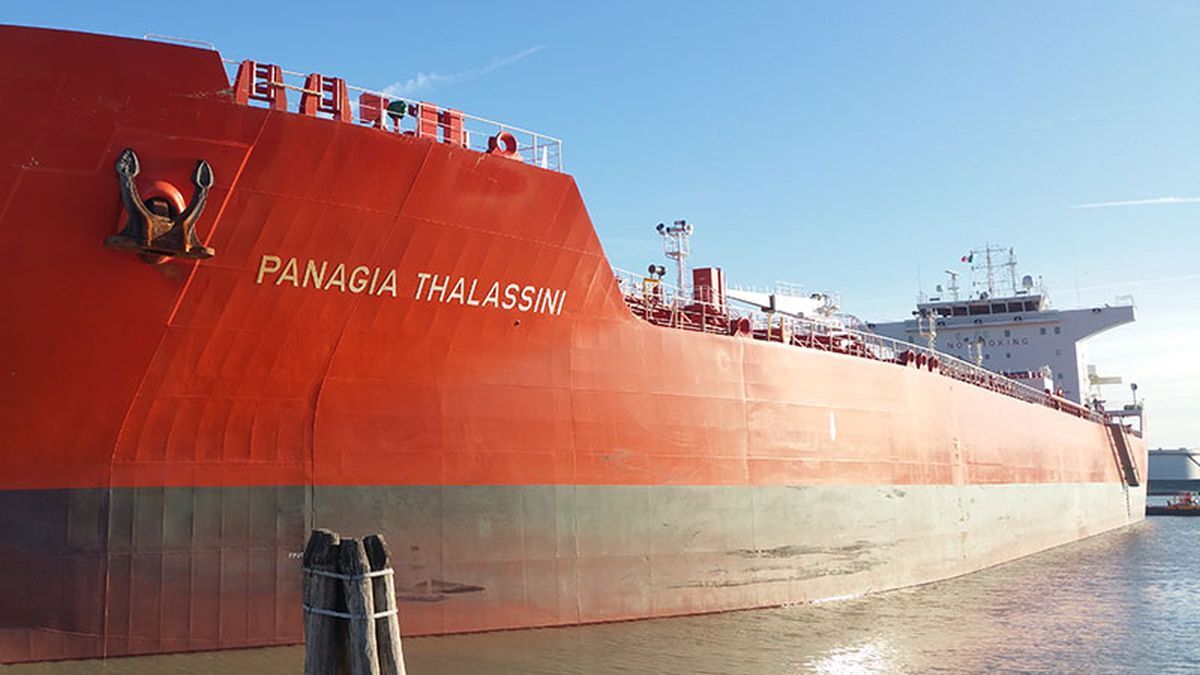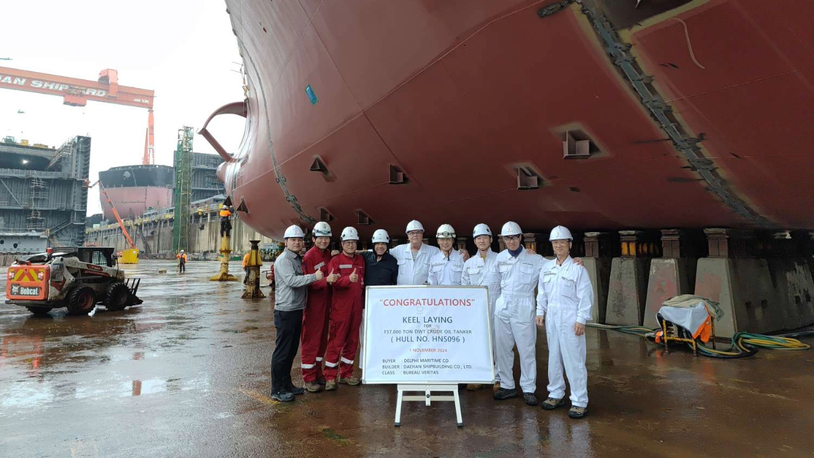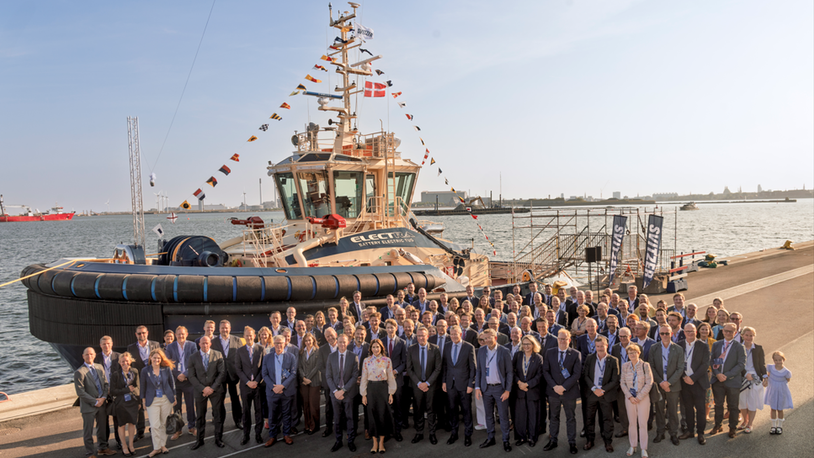Business Sectors
Events
Contents
Register to read more articles.
Ulstein touts benefits of Twin X-Stern design on cable-layers and subsea vessels
Ulstein, which has its Twin X-Stern hullform used on 10 newbuilds for the walk-to-work market, says it believes the concept could next be applied on subsea vessels and in the cable-lay market
The Twin X-Stern design is distinguished by its dual stern configuration, equipped with main propellers at each end. This setup enhances manoeuvrability and motions, leading to improved fuel efficiency.
The 10 Twin X-Stern newbuilds are all commissioning service operation vessels (CSOVs) for the offshore wind industry. However, the company believes the principles and benefits behind the Twin X-Stern are applicable to a range of vessel types and sizes.
“All contracted Twin X-Stern vessels to date range from 80 m to 90 m in length,” said the company. “However, the Twin X-Stern solution is not confined by length. Its benefits are evident across a broad spectrum of vessel lengths, from the 69-m Ulstein SX234 SOV to the 170-m Ulstein SX225 cable-lay design.
“We anticipate that subsea operations and cable laying will be the next sectors to reap the benefits of these versatile designs,” the company states.
“Cable-laying vessels have limited flexibility to adjust their heading towards the weather as the final position of the cable determines the heading. The Twin X-Stern’s seakeeping performance will be instrumental in future subsea operations, enabling safer and more effective operations. In all three segments, manoeuvrability and workability are key to the vessel’s competitiveness and operational efficiency.”
The company notes the size of the deck is a critical factor in determining the amount of cargo that cable-laying, pipe-laying, and subsea vessels can carry. On such vessels, a rounded stern might pose a limitation, however, it says, it is possible to compromise on the shape of the stern above the waterline and retain the squared shape of the deck to maximise cargo capacity.
Sign up for Riviera’s series of technical and operational webinars and conferences:
- Register to attend by visiting our events page.
- Watch recordings from all of our webinars in the webinar library.
Related to this Story
Events
Maritime Decarbonisation, Europe: Conference, Awards & Exhibition 2025
Offshore Support Journal Conference, Americas 2025
LNG Shipping & Terminals Conference 2025
© 2024 Riviera Maritime Media Ltd.


